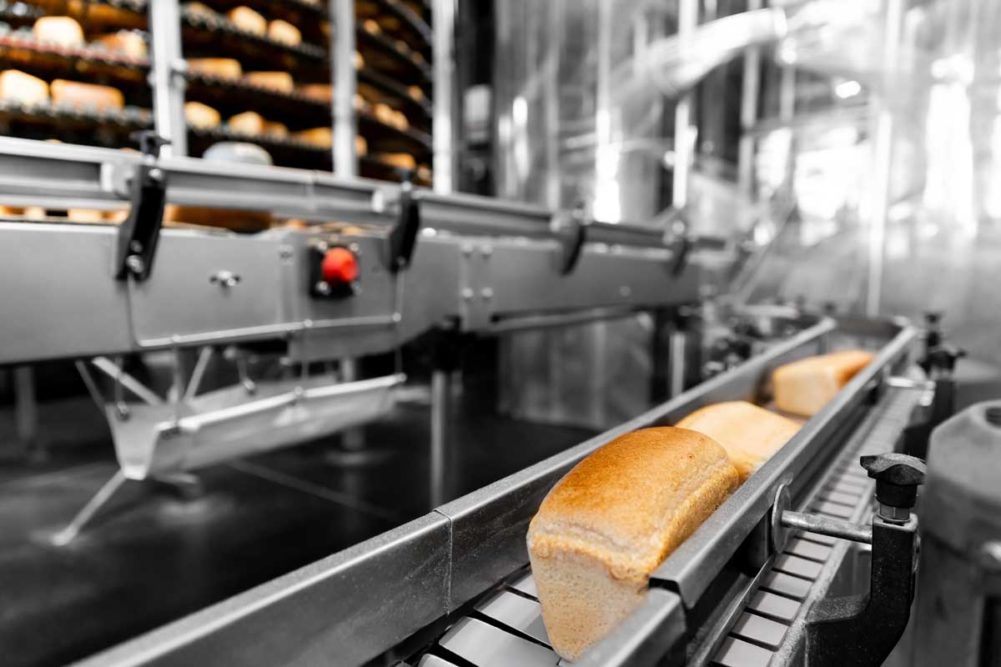The coronavirus (COVID-19) pandemic changed everything for every American, which has greatly impacted the commercial baking industry. In March, Baking & Snack partnered with Cypress Research to conduct an initial Industry Pulse Survey to gauge bakery manufacturers’ outlook on production, supply chain and the impact COVID-19 would have on the industry moving forward.
Roughly four months into the pandemic, Cypress Research conducted a second phase of the survey in June to discover how companies are moving forward now that the market has relatively settled and businesses across the country have attempted to reopen. Executives from companies represented large, national wholesale manufacturers (33%), mid-size, regional wholesalers (40%), small wholesale bakers (24%), and a few snack manufacturers (3%). And of those responding, nearly half (46%) represented corporate management.
In a nutshell, there appears to be more good news than bad. Overall, the outlook is slightly better than in March, according to survey findings.
When asked what manufacturers expected the long-term effects of the pandemic to be, fewer respondents were unsure — 24% in June vs. 33% in March — while the number of executives expecting increased production jumped to 44% from 35% in June.
“In terms of impact, it’s a more positive outlook now than in March,” said Marjorie Hellmer, president, Cypress Research. “What we probably have here is a transfer of those ‘unsure’ in March to seeing more clearly opportunities for increased production; to go from 35% to 44% is a significant shift.”
Additionally, more bakers reported that they expect no change in production than in March.
“This paints a more positive impact for the baking industry, as consumers rely more on eating at home in response to the pandemic,” Ms. Hellmer said.
That said, one in four bakers still predict a decrease in production, so it’s worth a look at where respondents identified the pain points.
The types and sizes of bakery manufacturers tell a certain story of the COVID-19 impact, as do the outlets where these companies’ products are sold.
Overall, 85% of respondents sell products in grocery, supercenters and club stores, and 73% sell into restaurant and foodservice channels. In terms of revenue, 70% of them reported higher sales in the grocery sector — a 5% decrease from March — while restaurant and foodservice sales are still looking bleak with a mere 2% reporting an increase.
Interestingly, however, the survey revealed a significant drop in convenience stores … an outlet for which half the participants sell their products. In March, when most stay-home mandates began, 47% of executives noted that sales were up. In June, as businesses started to reopen, that number dropped to just 21%.
These numbers contrast early data from outlets such as Nielsen, which last November predicted an uptick in c-store sales, and the National Association of Convenience Stores (NACS), which released data in April that reported pantry items sold at c-stores are on the rise. However, items called out in those studies included products such as eggs, milk and other staples for home-baking as well as cleaning and toiletry items, not core commercial bakery items such as bread, packaged cookies and salty snacks.
According to the NACS survey, a third of responding c-stores noted emphasizing ready-to-heat meals, which could open opportunities for baking companies trying to diversify their c-store or foodservice offerings.
Another outlet continuing the upward trajectory is, not surprisingly, direct-to-consumer websites. Between stay-at-home orders and fears of crowded supermarkets, consumers’ online grocery activity has skyrocketed, and commercial bakers are seeing a similar trend on their websites.
From stark changes in consumer shopping habits to supply chain interruptions, commercial bakers have often found themselves caught between a rock and a hard place.
In this phase of the Cypress Research study, executives noted that while supply chain disruption has abated for ingredients and packaging, the equipment disruption continues.
“Within the ingredient and packaging supply chains, the June industry pulse study shows that concern about significant impact has moderated,” Ms. Hellmer observed. “Concern has gone down a bit with equipment but not dramatically.”
In the June survey, 14% of bakers noted a “significant impact” on the equipment supply chain as opposed to 9% each for ingredients and packaging. That doesn’t come as a huge surprise with so many baking companies still not allowing outsiders into their production facilities. It poses a challenge on the equipment side, where in-person interaction is still necessary for events like line installations, factory equipment testing and machine repairs.
That said, the concern still dropped by 4% in June, which trends relatively steadily with ingredients and packaging, whose “significant impact” response fell 5% and 4%, respectively.
“Although concern levels have greatly moderated since March, ongoing pressure points related to equipment are concerns for long lead times, needed technical support and challenges surrounding plant startups,” Ms. Hellmer said.
Qualitative survey responses allowed participants to narratively describe their supply chain needs. One trend emerged: backup plans. Several bakery executives indicated the need for secondary or even tertiary resources as contingencies in a worst-case scenario. It’s clear that the pandemic has taught bakers how to plan for not only the worst but also the unknown.
Other efforts to head off supply chain disruption include frequent communication with suppliers including weekly phone calls and taking advantage of technology such as video conferencing.
Additionally, some of bakers’ biggest concerns relate to the workforce.
Just as in March, companies’ primary business concern in the pandemic is the availability of staff due to COVID-related illness/outbreaks, easing up by only 1% in phase two of the study. The second biggest concern stems from workforce vacancies dating back to before the pandemic, and worker safety rounds out the Top 3. In fact, this third concern has increased by 6% since the initial survey phase.





